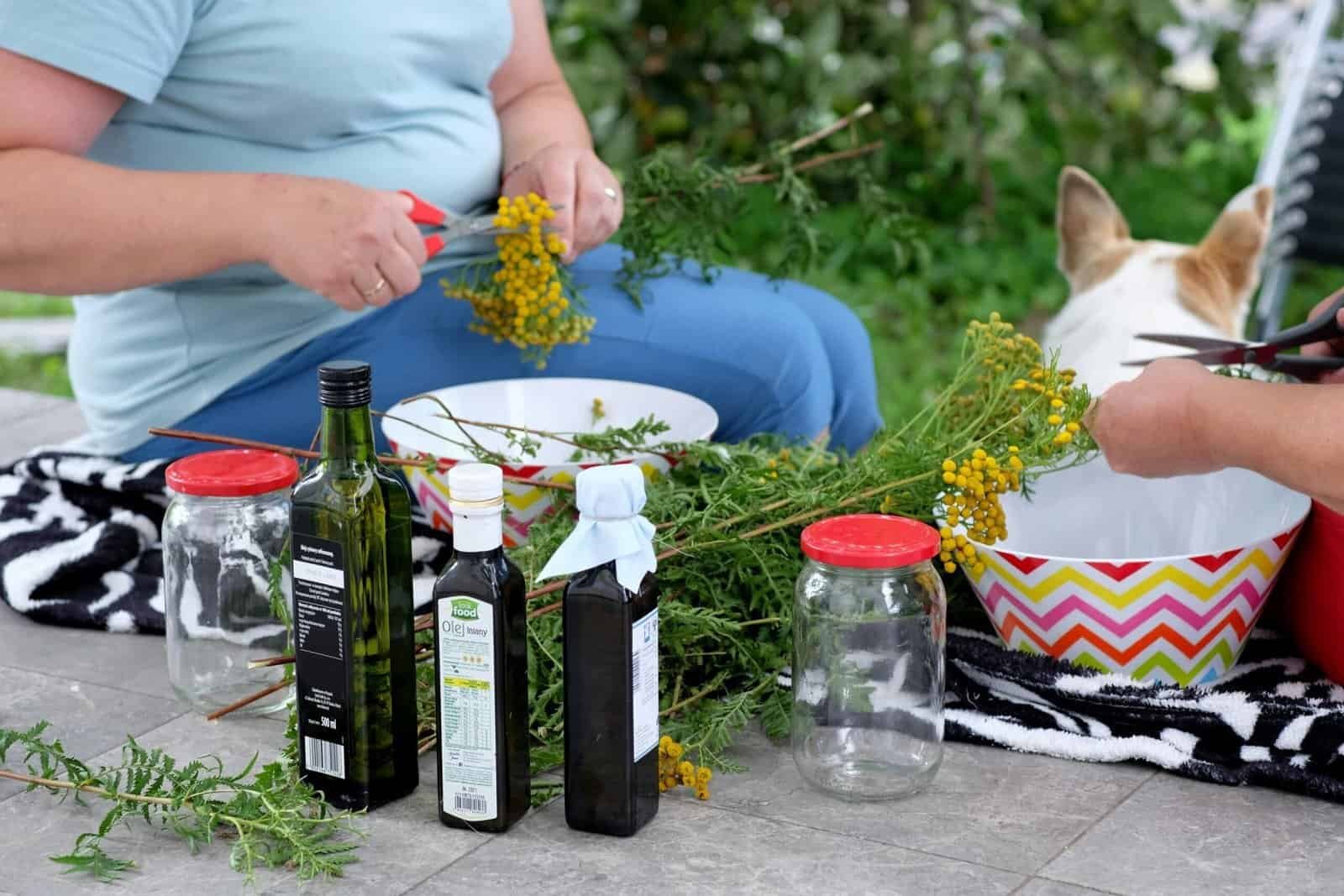Have you ever wondered how to safely shock your well? If so, you’re in the right place. Shocking your well, or well chlorination, is an important maintenance task that can help ensure safe and clean water for you and your household. This topic can seem intimidating if you’re not familiar with the process, but that’s why we’re here—to break it down into manageable and understandable steps.
Understanding Well Shock: What Is It?
Before we get into the how-to’s of shocking your well, let’s start with the basics. Well shocking involves introducing a high concentration of chlorine into your water system. This action is designed to disinfect your well, eliminating bacteria and other contaminants that might have found their way into your water supply.
Why Is Shocking Your Well Important?
The necessity of well shocking often arises from contamination. This might occur due to flooding, heavy rainfall, or other environmental factors that introduce bacteria into your water system. Even regular soil movement can open up pathways for bacteria. The main aim of shocking is to ensure your water remains safe, restoring peace of mind to your household.
When Should You Shock Your Well?
Identifying when to shock your well is crucial. Ideally, you should perform this maintenance task if you’ve experienced:
- A significant change in taste, odor, or color of the water
- Flooding around the well area
- Recent repairs or installation of new equipment
- Positive tests for bacterial contamination
Routine shocking every two to three years is also advisable to maintain optimal water quality, even if no contamination is apparent.
Preparing for Well Shocking
Once you’ve established the need to shock your well, preparation becomes the next critical step in ensuring a successful and safe process.
Gathering the Necessary Supplies
To effectively shock your well, you’ll need a few essential supplies. All of these are readily available from local hardware or chemical supply stores. Here’s a handy table to help you keep track:
| Supplies Needed | Estimated Quantity |
|---|---|
| Household bleach (unscented) | Amount based on well depth* |
| Bucket | 1 |
| Funnel | 1 |
| Garden hose | 1 |
| Safety goggles and gloves | 1 set |
*Calculate how much bleach you’ll need based on your well’s depth and diameter. Generally, you’ll need about 1–2 gallons per 100 feet of water.
Safety Precautions To Keep In Mind
Safety first! Chlorine carries certain risks, so make sure to take necessary precautions:
Wear protective gear: Gear up with safety goggles and gloves to prevent irritation or damage from the chlorine.
Ensure proper ventilation: Work in a well-ventilated area as chlorine fumes can be hazardous.
Keep children and pets away: To prevent any accidental exposure, ensure your workspace is clear of children and pets.

Step-by-Step Guide to Shocking Your Well
With your supplies ready and safety measures in place, it’s time to proceed with the shocking process.
Step 1: Turn Off the Power
First, switch off the electricity going to your well pump. This step ensures both your safety and the protection of your equipment during the chlorination process.
Step 2: Remove the Well Cap
Next, carefully remove the well cap to gain access to the well casing. This task might require a wrench or screwdriver, depending on the type of cap you have.
Step 3: Mix Bleach Solution
In your bucket, prepare a bleach solution by mixing the calculated amount of bleach with a few gallons of water—this dilutes the bleach for safer application into the well.
Step 4: Pour the Bleach Solution
Utilizing the funnel, pour the bleach solution directly into the well casing. As you do this, try to distribute it evenly along the walls of the casing.
Step 5: Recirculate the Water
Reconnect the power to your pump. Attach a garden hose to a nearby faucet, directing the other end back into the well. Turn on the hose to allow chlorinated water to circulate through the system for about 1-2 hours. This process helps distribute the chlorine throughout your plumbing system.
Step 6: Allow the Chlorine to Sit
Once circulation is complete, turn off the pump and let the chlorinated water sit in the well for at least 12-24 hours. This break allows the chlorine ample time to disinfect the entire system.
Completing the Process
After the sitting period, you’re nearly done. However, a couple more steps remain to ensure everything is back to normal safely.
Step 7: Flush the System
After the wait, it’s time to remove the chlorine from the system. Connect your garden hose again and run the water until the chlorine smell is no longer detectable. This step might take a few hours, so be patient.
Step 8: Test Your Water
Once flushing is complete, testing your water for chlorine levels and microbial content is vital. Only resume regular usage once you’re confident the water is safe and free of excessive chlorine.

Troubleshooting Common Issues
Sometimes unexpected issues arise during or after shocking your well. Knowing what to look for can make all the difference.
Cloudy Water
If your water remains cloudy after flushing, additional flushing might be needed. Extended timeouts or residue can sometimes cause this mild complication.
Persistent Chlorine Smell
Should the chlorine odor persist, more flushing is essential. Running the outdoor hoses at full blast can often speed up this process.
Failed Water Test
If after multiple attempts, contamination remains, professional assistance or repeated shocking may be required. Chronic contamination may indicate a deeper underlying issue.
Staying on Top of Well Maintenance
Regular maintenance can prevent the need for urgent well shocking. Ensure your well’s cap is secure, regularly inspect your water quality, and have it evaluated professionally every few years.
Keeping Your Water Safe
Consistent vigilance over your water source’s quality is not only crucial for wellness but also for ensuring you’re proactive, rather than reactive, to any changes.
Schedule Regular Testing
Frequent testing, ideally once a year, helps track your water’s health. This routine provides peace of mind and a baseline for comparison should unusual changes occur.

Conclusion: Peace of Mind Through Proactivity
As your experience and confidence grow in maintaining your well, you’ll find it becomes second nature. The main goal of this process is to ensure your water quality remains pristine, safeguarding your and your family’s health.
By understanding the process and safety measures associated, you’re equipped to handle well shocking effectively. Shocking your well need not be a daunting task, and with this guide handy, you’ll always be prepared to act quickly and efficiently.

